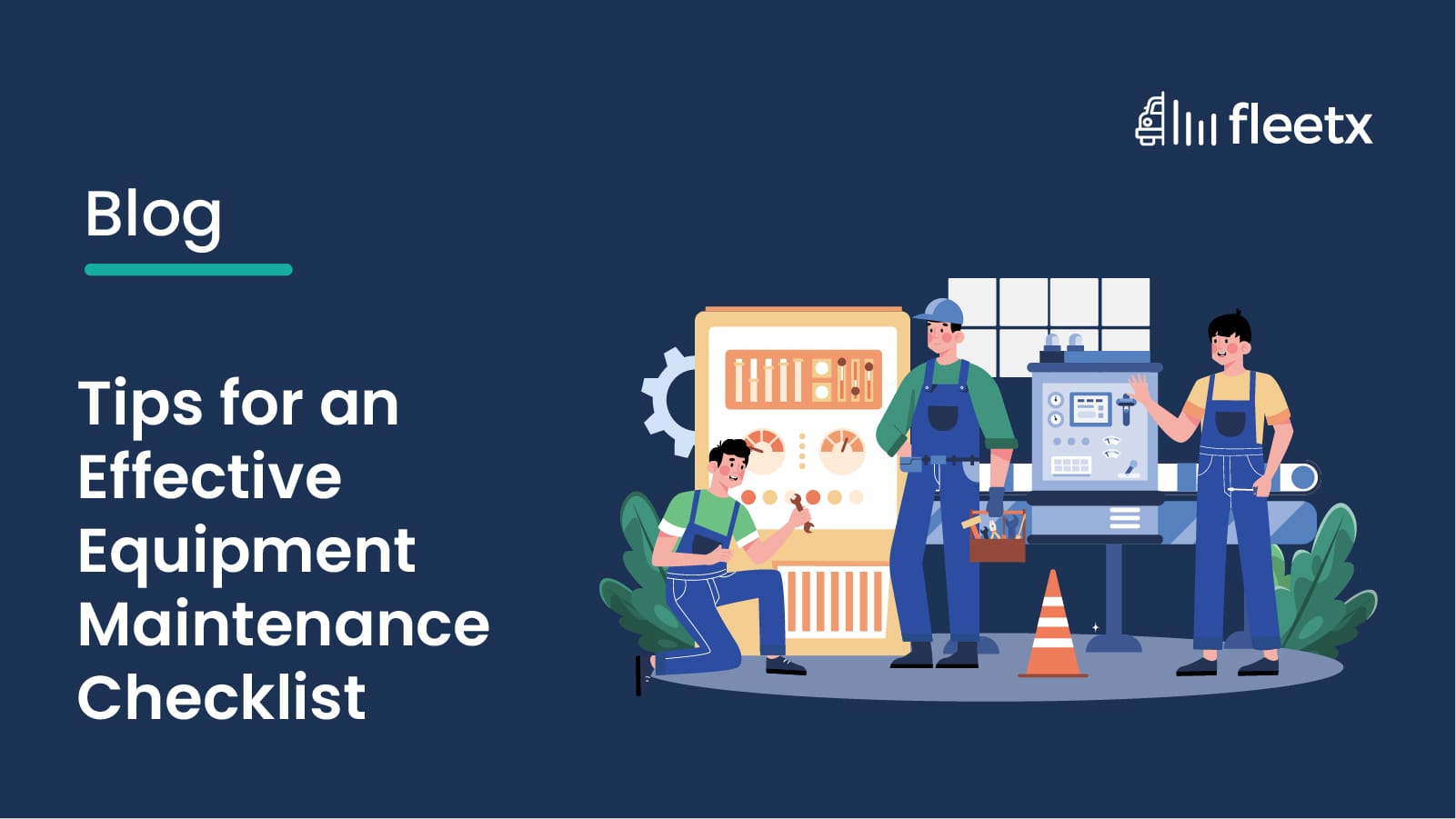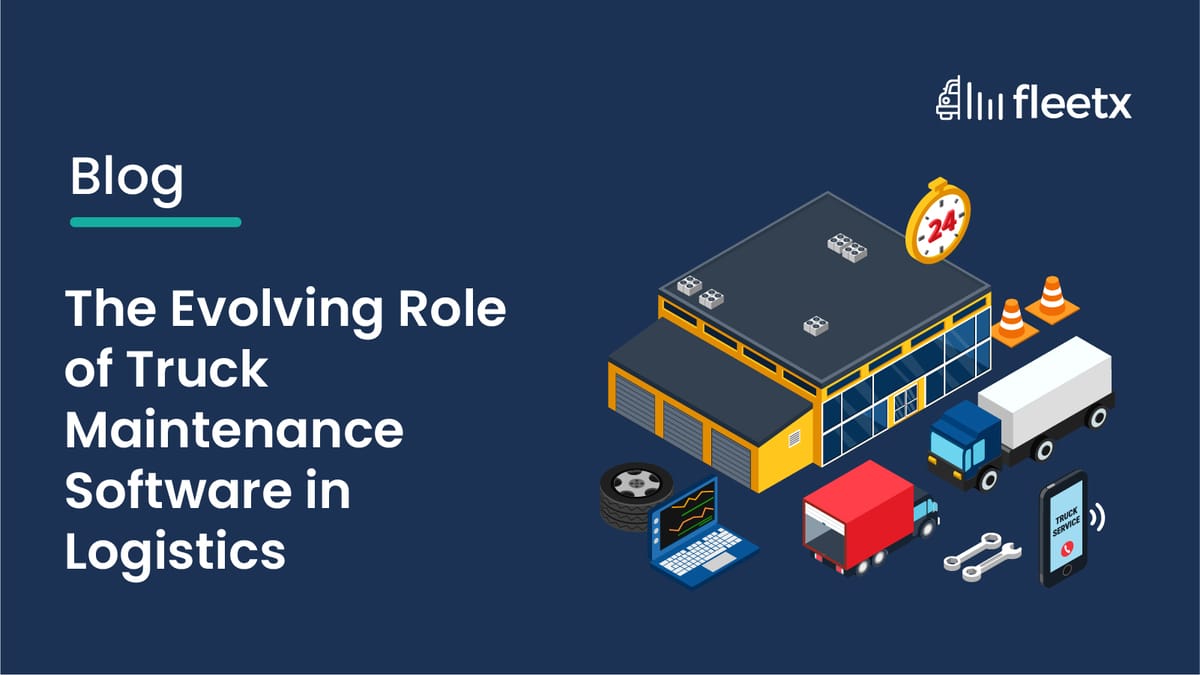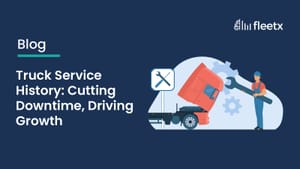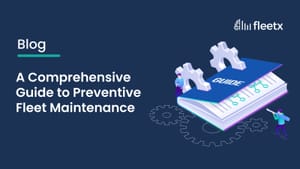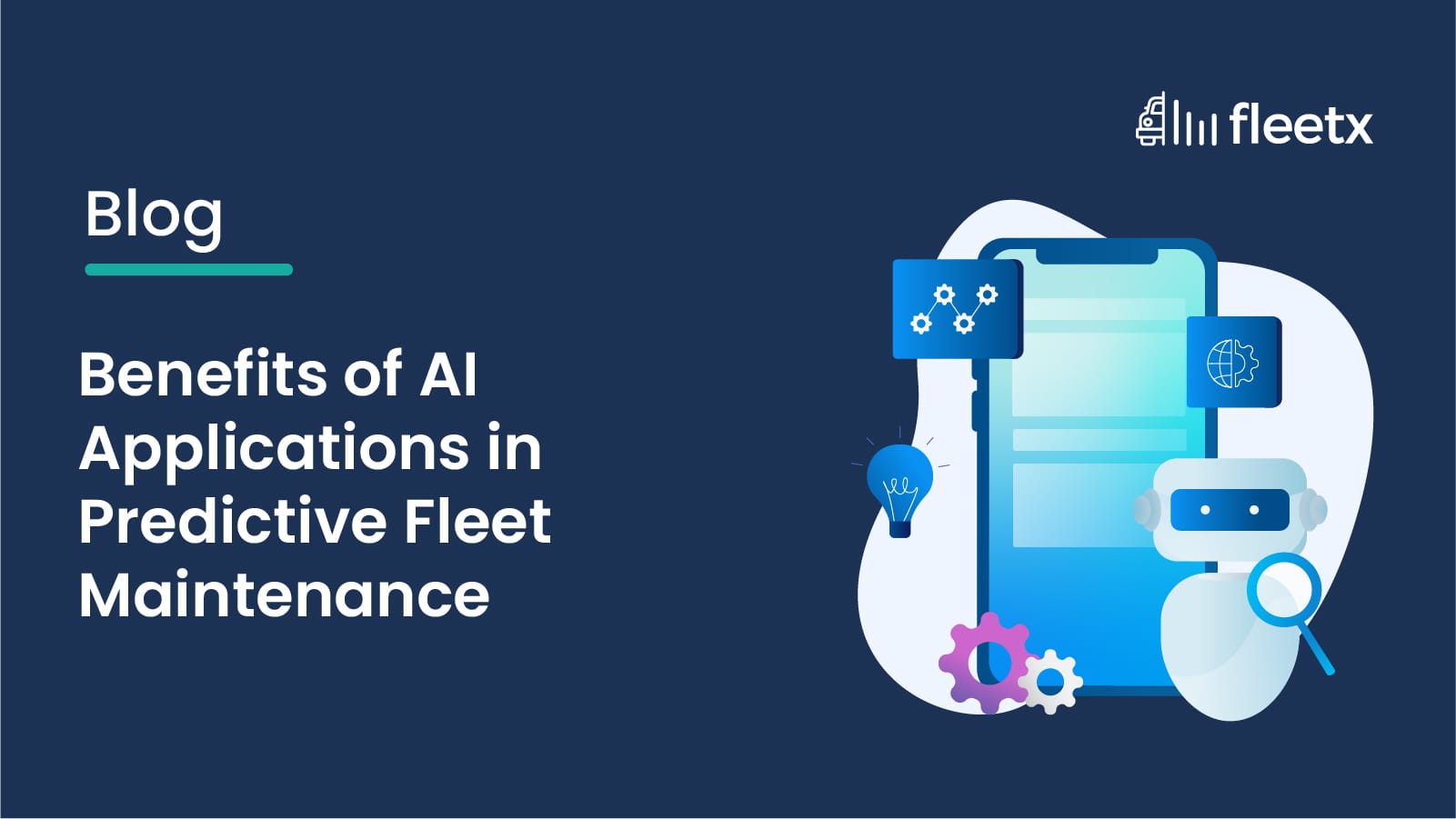
Keeping the logistics machinery running efficiently is critical to keeping the economy running. Vehicle coordination, monitoring, and maintenance are essential activities involved in achieving reliable fleet management standards. Rapid development in the fields of AI and IoT has played a significant role in automating fleet maintenance, and a study suggests that AI-powered predictive maintenance can reduce maintenance costs by up to 30% and unplanned downtime by 45%.
This dynamic approach has transformed the maintenance landscape - from reactive to proactive - with a significant increase in cost savings. The benefits of predictive maintenance are multifold.
Preventive or Predictive - What’s the Right Strategy?
The choice between preventive and predictive maintenance depends on factors such as the asset’s role, along with the availability of data and resources. However, organizations can combine both strategies to leverage the advantages of both while reducing the disadvantages of each approach.
Notable Role of Predictive Maintenance Diagnostics in Fleet Management
By analyzing the data from IoT-equipped sensors and AI algorithms, the real-time condition of fleet vehicles can be assessed to anticipate problems that may escalate into severe issues. Data relevant to the fuel consumption pattern, engine performance, and driving habits facilitates:
- Identification of early signs of wear and tear
- Forecasting optimal maintenance schedules
- Avoiding unexpected breakdowns
- Extended vehicle lifespan
Fleet predictive maintenance differs from the traditional process of fixed repairs. Instead, predictive maintenance for fleet vehicles guarantees each vehicle’s customized maintenance based on its real-time condition.
Key Features of AI & IoT-Enabled Fleet Maintenance
The characteristics that empower fleet operators to predict and resolve issues before breakdowns occur include:
- Real-Time Vehicle Monitoring - IoT sensors capture the vehicle’s performance, location, and other parameters to provide updated data for faster decision-making.
- Predictive Analytics in Maintenance - Data fed into the AI algorithms that detect vehicle patterns to predict potential failure and suggest corrective measures.
- Streamlined Operations - The predictive vehicle insights aid in resource planning, route optimization, and improving fuel efficiency.
Primary Components of a Predictive Maintenance System
Integrating predictive maintenance into fleet operations requires significant investment in equipment and staff, with the improvements ushering in positive ROI over time. The elements that make it possible include-
Predictive Maintenance IoT Sensors & Telematics
IoT devices such as sensors and telematics collect real-time data from the vehicles, monitoring critical parameters such as engine temperature, tyre pressure, fuel consumption patterns, and the GPS location that give a comprehensive view of the vehicle's health.
AI Algorithms
The vast amounts of data generated by the sensors utilize the AI algorithms that identify patterns and detect anomalies to predict potential vehicle failures. Machine learning (ML) models become accurate by learning from historical data and real-time inputs.
Cloud Computing
Several cloud platforms ease the process of storage, computation, and processing of large datasets. A cloud platform enables seamless integration between IoT devices and AI systems to provide a scalable and centralized infrastructure.
Predictive Maintenance Dashboards
Fleet managers can access actionable fleet insights, alerts, and recommendations from the user-friendly dashboards and tools. Such measures simplify decision-making and data visualization.
Role of AI in Predictive Maintenance
AI-powered predictive maintenance is applied in several sectors - manufacturing, last-mile delivery, mining, recycling, and fleet management. Transport businesses implement automated models to predict maintenance requirements.
Real-Time Information
AI-based predictive maintenance reduces expensive outages by gathering historical and real-time information from connected assets. Algorithms analyze the data to share reports of potential failures with vehicle maintenance teams and to flag signs of potential failures.
Vehicle Health Monitoring
AI algorithms recognize regular and irregular conditions swiftly to identify any abnormal condition, much faster than traditional methods. Real-time data on equipment health determines maintenance priorities to stay ahead of any failures.
Predictive Analytics
AI models ingest vast amounts of data to create a predictive model of equipment degradation to avoid a sudden and complete system failure. Deep learning for fault prediction eliminates the need for older methods, including human observation.
Maintenance Scheduling
Planned maintenance can be streamlined by AI by locating the problems, selecting the priorities, and redesigning maintenance schedules, all based on real-time data and not relying on current issues or schedules based on previous data. The model predicts the likely outcome if the conditions remain the same and suggests necessary corrective actions.
Steps In Implementing a Predictive Maintenance System
The steps involved in implementing a maintenance process include -
- Assessing the fleet data infrastructure to determine the data collection efficiency through the sensors, telematics, and other data systems
- Developing a data strategy for collecting, storing, and securing data integrity by adhering to compliance and other standard regulations
- Initiating a pilot program is the next step, which involves testing it out on a few vehicles of the fleet before scaling the AI and IoT infrastructure
- Training the team for accurate interpretation of the AI-based alerts and recommendations is an important part of the optimization process
- Monitoring the system to tweak as and when necessary maximizes the ROI generated
Benefits of AI-Based Predictive Maintenance
Applying AI in vehicle maintenance has several associated benefits in fleet management -
Lower Costs
Accurate, data-based vehicle equipment predictions optimize maintenance schedules and help in avoiding unplanned downtime. Timely identification of issues and maintenance recommendations extend vehicle lifespan, thus saving on business expenses. AI algorithms can also track a machine’s energy consumption patterns and suggest steps for cost savings. By prioritizing and scheduling maintenance activities optimally, labor costs associated with unnecessary inspections, repairs, and replacements can also be avoided.
Limited Disruptions
Automation can predict failures faster than manual methods, enabling fleet operators to avoid mechanical issues, increase fleet uptime, and maintain a steady flow of supply chain operations.
Increased Production
AI tools for predictive maintenance can boost labor output significantly and keep the fleet operations running smoothly by controlling downtime.
Improved Safety Standards
Failing vehicles endanger the personnel and the cargo. A proactive maintenance mechanism is essential to secure both.
Enhanced Quality Control Measures
Manual quality checks are time-intensive and error-prone. Automating equipment checks and real-time reporting improves vehicle health by minimizing defect rates and operational costs. AI algorithms utilize massive amounts of product-specific data to find cracks in the system.
Response Mechanism for a Condition Monitoring Alert
A predictive maintenance checklist consists of the best practices to maximize maintenance efforts, and the response method to be followed after an alert is issued includes -
Step 1: Assess and Prioritize Maintenance - To check in and get the context of the alert from the condition monitoring system is only the first step, and it requires smart validation to determine if it’s a real issue or a false positive. A thorough assessment of the context, real-time information, and high-quality data is needed to decide if the issue requires immediate attention or can be scheduled for a planned downtime.
Step 2: Physical Inspection to Confirm Asset Health - After the initial assessment, the hands-on check has to be conducted, and the maintenance advisor can check for the specific issue based on the anomaly detected - unusual sounds, heat emissions, vibration patterns, leaks, or others. Documenting the observation is a crucial part of this step.
Step 3: Formulating a Plan - The next part of the process is the automatic generation of a work order request to schedule maintenance at an appropriate time, and proper resource allocation for the repair.
Step 4: Maintenance Execution - Following the standard procedure, leveraging the maintenance engineer’s expertise, and utilizing the issue records and test results, the repair takes place to ensure accuracy and provide feedback for continuous improvement.
Step 5: Analyze & Optimize - The last step truly unlocks the benefits and transforms the program into a learning and developing system. Tracking the outcomes, KPIs, and other actionable metrics determines the impact of the predictive maintenance strategy and also explores the opportunities to improve the process.
A Real-World Application
A logistics company leveraged AI and IoT to implement a supply chain analytics platform to enable real-time monitoring and predictive analytics for the fleet, reducing downtime by 30% and increasing efficiency by 20%, earning significant cost savings and improving customer satisfaction.
The Expected Role of AI in Fleet Maintenance & Management
The widespread popularity of artificial intelligence (AI) will transform the logistics landscape as well -
- Advanced AI and IoT features will facilitate more precise and faster issue resolutions
- The futuristic vehicles might feature built-in AI systems with self-diagnosing and communication capabilities
- AI algorithms might be integrated with the vehicle data to enable dynamic route planning that would ensure safe and faster journeys
While there are initial challenges such as integration and cost hurdles, the rewards in the long run are diverse and will continue to be so in the near future - minimized downtime, cost savings, higher safety, and improved efficiency - to name a few.
What is predictive maintenance in fleet management?
Predictive maintenance uses AI algorithms and IoT sensors to monitor real-time vehicle data, detect early signs of wear, and predict potential failures before they cause breakdowns.
How is predictive maintenance different from preventive maintenance?
Preventive maintenance is scheduled at fixed intervals regardless of vehicle condition, whereas predictive maintenance is based on real-time data, ensuring maintenance only when needed, reducing costs and downtime.
What are the main benefits of AI-powered predictive maintenance for fleets?
Key benefits include lower maintenance costs, reduced unplanned downtime, extended vehicle lifespan, improved safety standards, and enhanced operational efficiency.
What technology components are essential for predictive maintenance?
A robust predictive maintenance system relies on IoT sensors, telematics, AI algorithms, cloud computing platforms, and user-friendly analytics dashboards.

